Run for the Hills
A training tip from Rea Kolbl

If you’ve ever raced the Killington Spartan Beast or Ultra, you’re familiar with the infamous Death March. It’s a 1.6 mile climb under a gondola, gaining over 2500 feet to the top along an unforgiving, never ending hill. It was one of the main reasons I wanted to race there so badly: to see whether or not I could run the whole thing. I started off slow, taking small yet quick steps up the slope, looking far enough ahead to stay upright but not too far to avoid seeing just how much I still had left to go. 25 and a half minutes later, I arrived to the top exhilarated I not once resorted to hiking. In the most Spartan-like evil-minded course director fashion, however, there was the 8’ wall. My legs were so smashed from the climb, they felt like overcooked spaghetti, and any attempt at explosive jumping looked more like a toddler learning to hop. I had to wait for almost 5 minutes before my legs recuperated enough to reach the ledge.
In obstacle course racing there’s a lot of talk about obstacle proficiency and how to train for specific obstacles. We also talk about how to transition back to the run. However, today I want to talk about running up hills*. For the good part of the late season, many races are run on ski slopes. Spartan Big Bear, Utah, Colorado Rockies, New Jersey, Killington, Tahoe, Ultra World Championship in Sweden, and other brands such as NorAm OCR Champs all include going up and down double black diamonds. The amount of time you can gain (or lose) by being efficient (or inefficient) at ascending is enormous.
*What goes up must come down, of course, but I’m still largely lacking in my descending skills (work in progress!) so I'm focus today on the just going up.
How to Train
Just like with anything else, to be good at hills you have to run hills. I’ll throw in a disclaimer here that I think I’m genetically gifted for ascending, which makes training easier for me as running uphill is so much more pleasant than trying to go fast on flat land. Still, with enough practice you can get good enough where it’s no longer a struggle, and the view from the top outweighs the muscle burn required to get there.
Trails are Best
If you live in an area close to hills and mountains, trails are the best way to train. The uneven terrain, changing grades, rocks and boulders, these all train different muscles you wouldn’t need to develop on smooth ground. You can first start by hiking steep slopes; eventually, add in short intervals of jogging, until you can run the whole thing. Any speed work done on flat ground can be done on hilly trails as well.
Treadmills and StairMaster Will Do as Well
If you live in a flat area or trails are simply too far to get too, you can always work your ascending endurance on a treadmill, or my favorite – the stair machine (but go for one of those with actual moving staircase). I love doing intervals on the stairmill, and if you don’t hold onto the rail those workouts are harder than anything done outside. Just like you would on trails, you can do longer, steady sessions at lower intensities, or work on your speed by incorporating intervals at higher intensities (setting the stairmill to a running speed is no joke, and I’ve flown off a fair number of times). Not having to come down is both a blessing and a curse, as you spare your joints the beating of descents, although at a cost of not practicing those skills needed to do it fast. Therefore I use StairMaster workouts in addition, not instead of the runs on the trails.
Uphill moving form
No matter the grade, you should always try to stand as upright as possible when running up the hill. This engages your strong glutes that would otherwise slack off in a slouched position; you can practice this by looking ahead rather than down at your feet. If you try to squeeze your butt but get no response, you’re too bent over. Keeping your core engaged will also help you run more upright.
As the grade gets steeper take progressively smaller and quicker steps. This is harder on your calves, so make sure they’re strong enough not to cramp. And never forget that moving forward, even if you have to walk, is always faster than standing still.
If you choose to power hike, you can use your upper body to help you move up faster and take some work off your legs. I like to push off my thighs with my arms, taking long steps. Occasionally my arms end up being just as tired as my legs upon reaching the top, which could be a bad thing if the obstacle waiting for you at the summit is upper body strength intensive, so make sure to have a rough idea of the course layout in mind.
Determine your strengths
No matter how much you train running uphill, at a certain grade and trail surface it will still simply be faster to power hike. It’s a good idea to find different types of trails with different grades and repeat them (not on the same day though, as fatigue would affect your times). Do it once where you run the whole thing; next time power hike it; then do it again, but alternate between hiking and running. Measure your ascent time to determine which one gets you to the top the fastest. There’s a caveat, however. Just because sprinting up a hill might get you there sooner, another important consideration is how quickly you can recover after reaching the summit (spaghetti leg 8’ wall dilemma case in point). No OCR event ever ends at the top of the climb, and you have to be able to recover quickly to either attack an obstacle or keep running. Keep this in mind as you’re determining your best climbing strategy.
For me, for example, I’m faster at running than power hiking up almost any kind of slope, as long as the trail is smooth. This lets me take tiny, quick steps, which I’m efficient at, hence keeping my hear rate low and preventing too much muscle fatigue. If there are large boulders, roots, bushes, or other natural obstacles in my way that dictate my step distance and height, I switch to power hiking. Trying to “run” up a boulder or tall steps takes too much energy and usually ends up being much slower. It’s important to figure out what works for you – the most efficient, fastest, and least tiring way to get to the top of the hill.It’s not all done on the hill
Part of the reason why I’m fast on ascents is that I have strong legs (part genetic, part left over from the childhood of doing gymnastics, part ongoing work). I do a lot of squats, deadlifts, calf raises, box step ups, lunges, etc. I try to do as many of those exercises single legged, making sure everything moves in the straight line in the mirror. When your muscles fatigue it’s easy to get off balance, which not only makes you slower but also risks injury.
Do it for the view
There are many ways to get to the top of the hill, all of which hurt at some point. The good news is that a 10 mile mountain run is really just half that, as what goes up must come down (the downs, however, can hurt even more than the ups the day after). And the higher the climb, the steeper the trail, the better the view! (If that isn’t the case, go find a different mountain 😊)
-Rea Kolbl



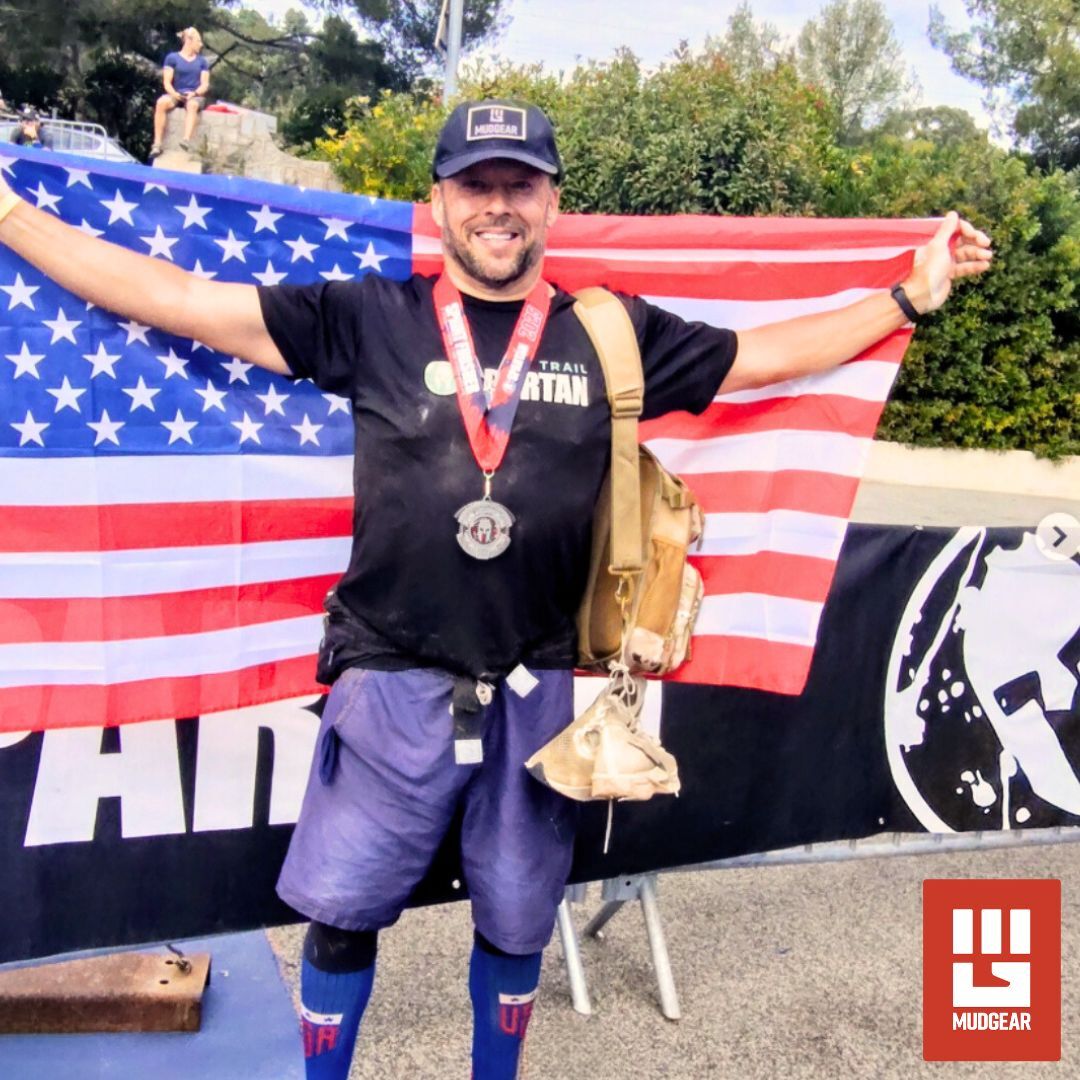
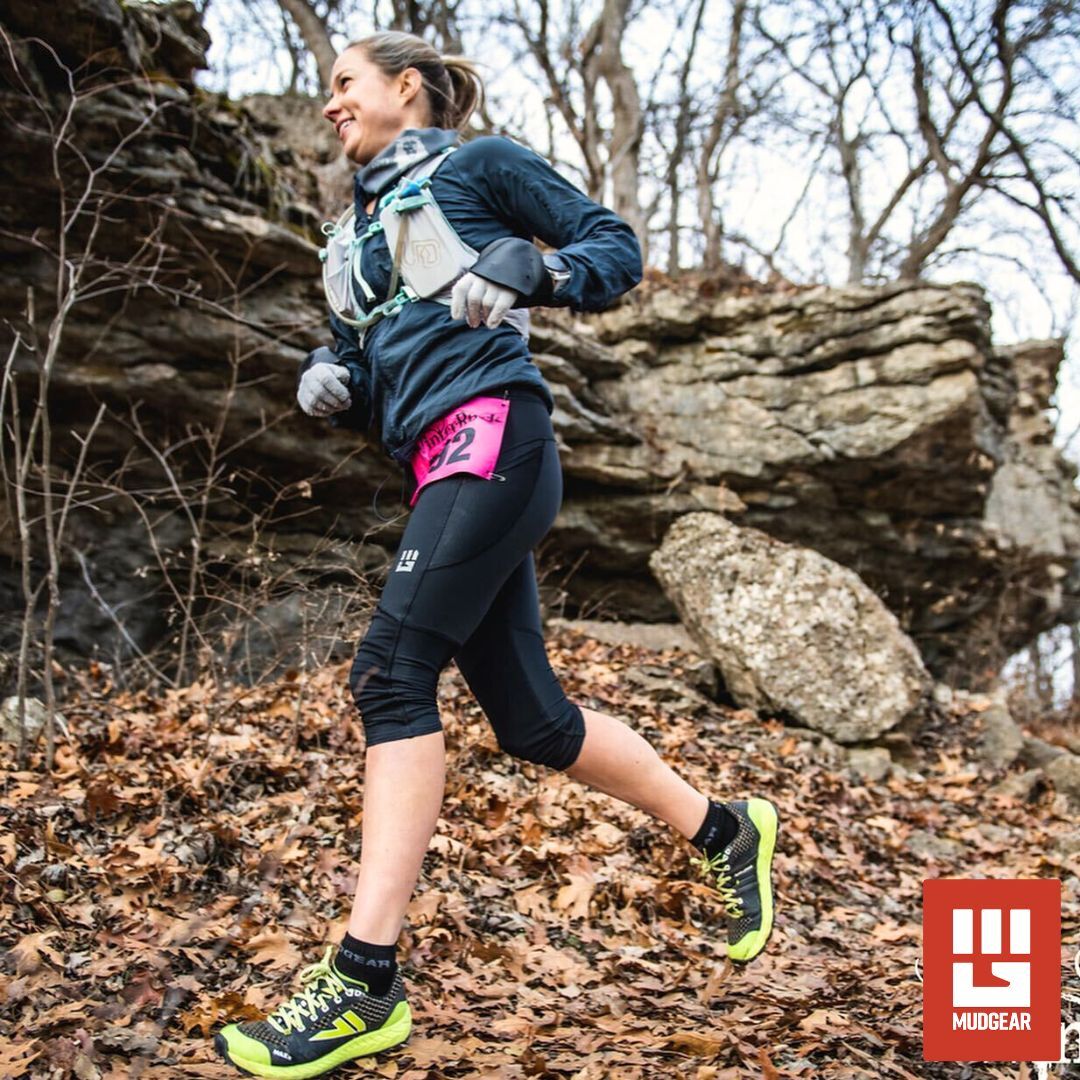
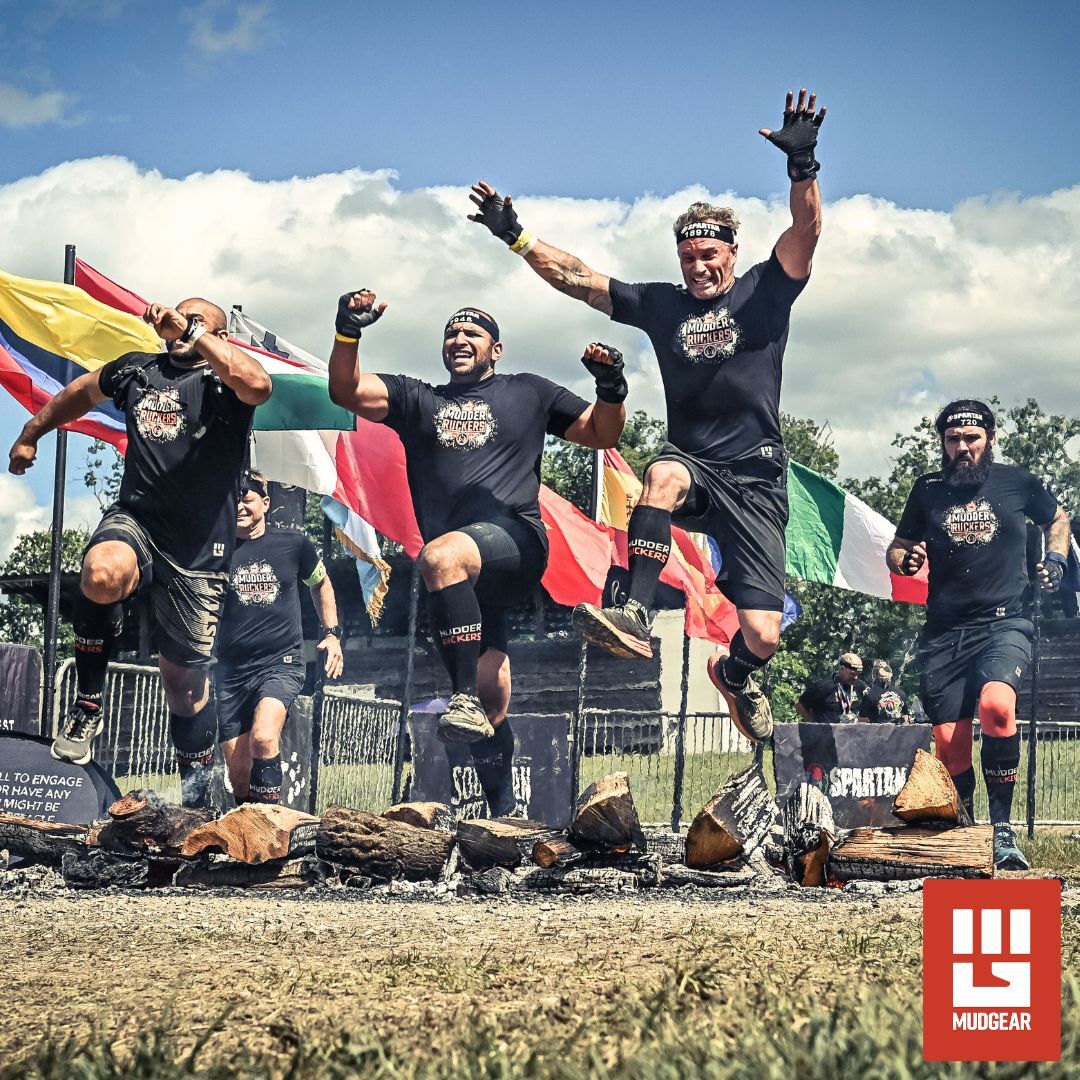
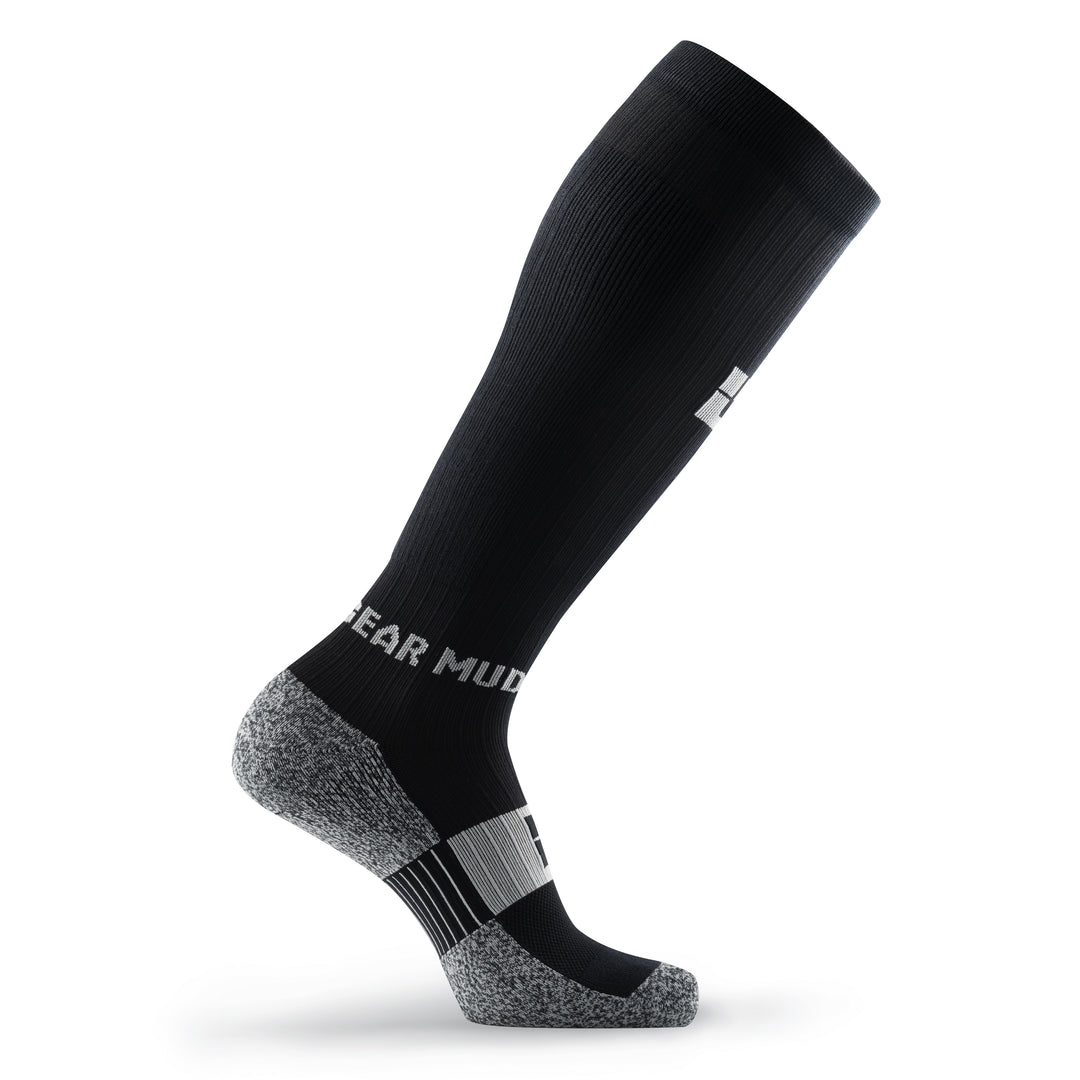
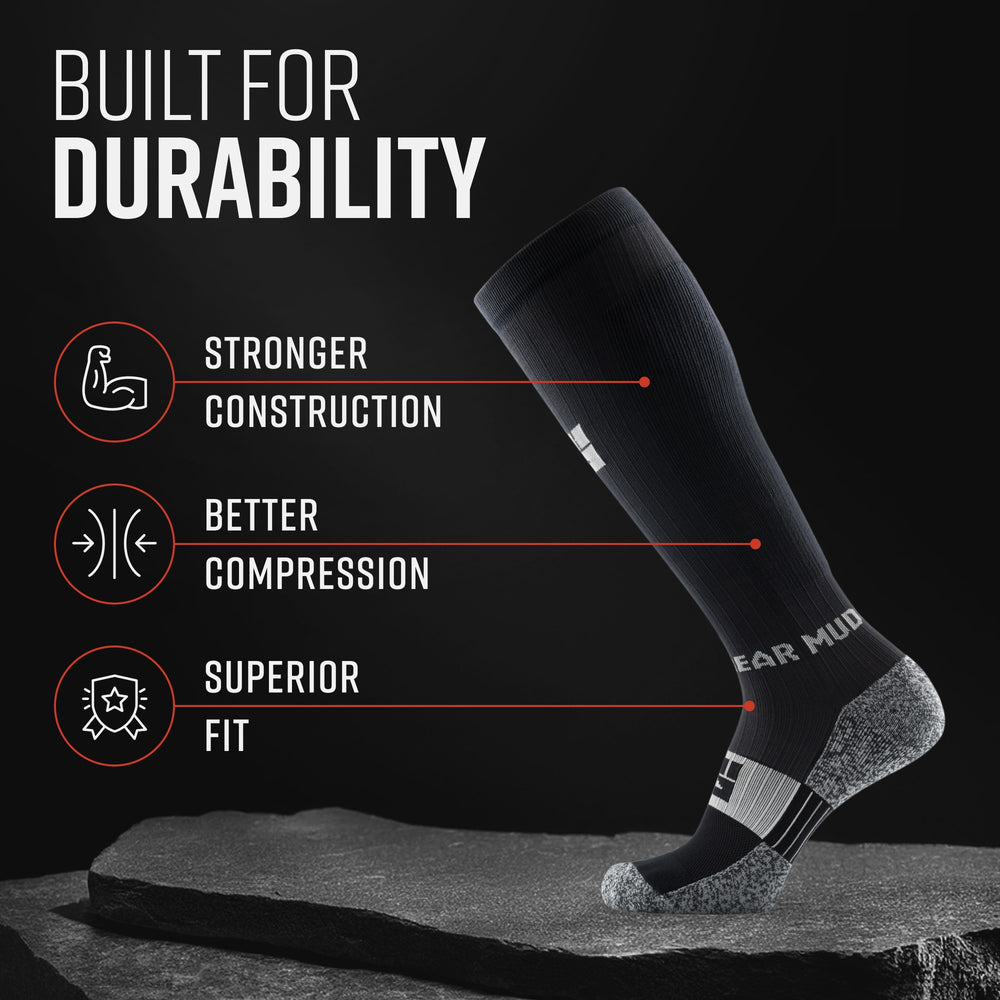
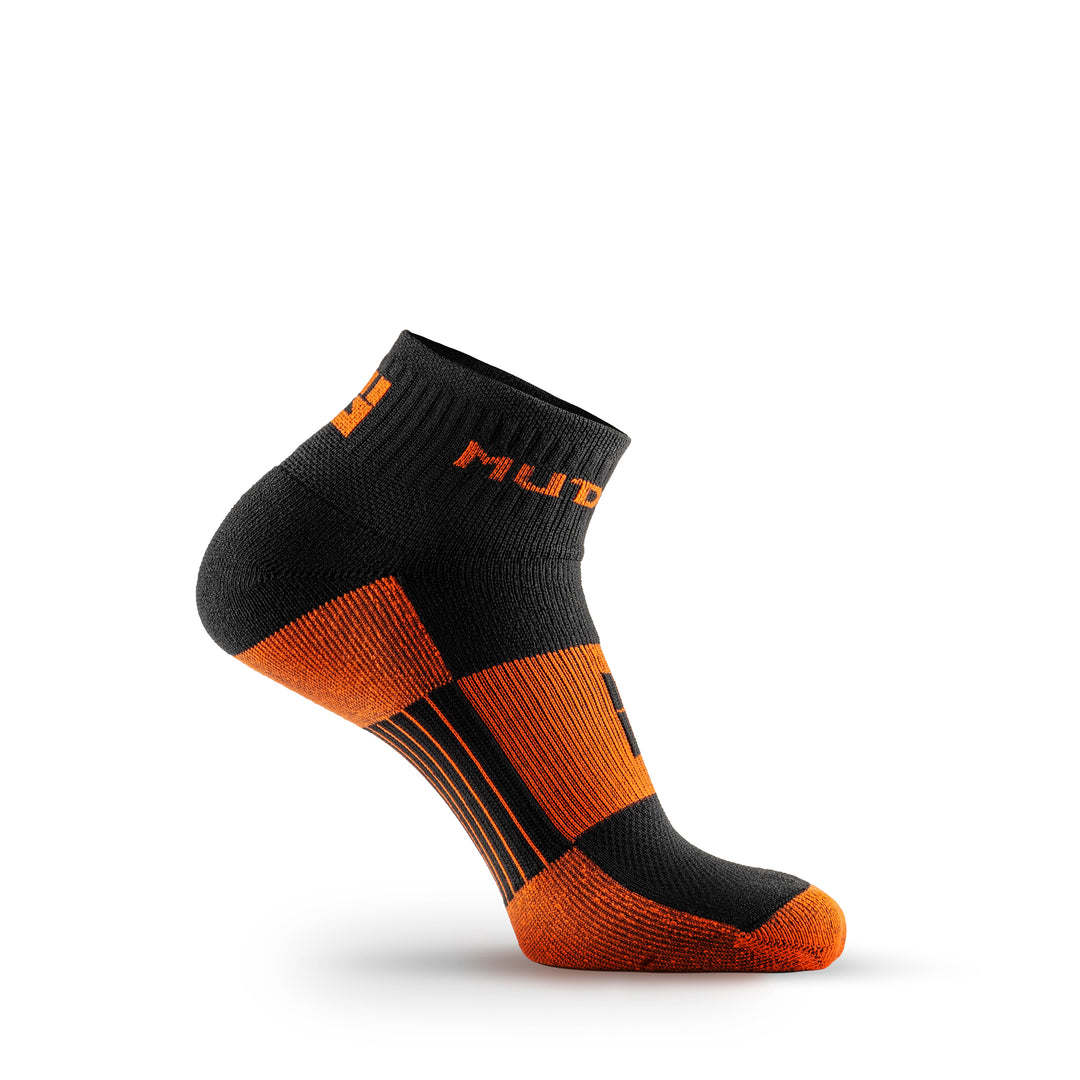
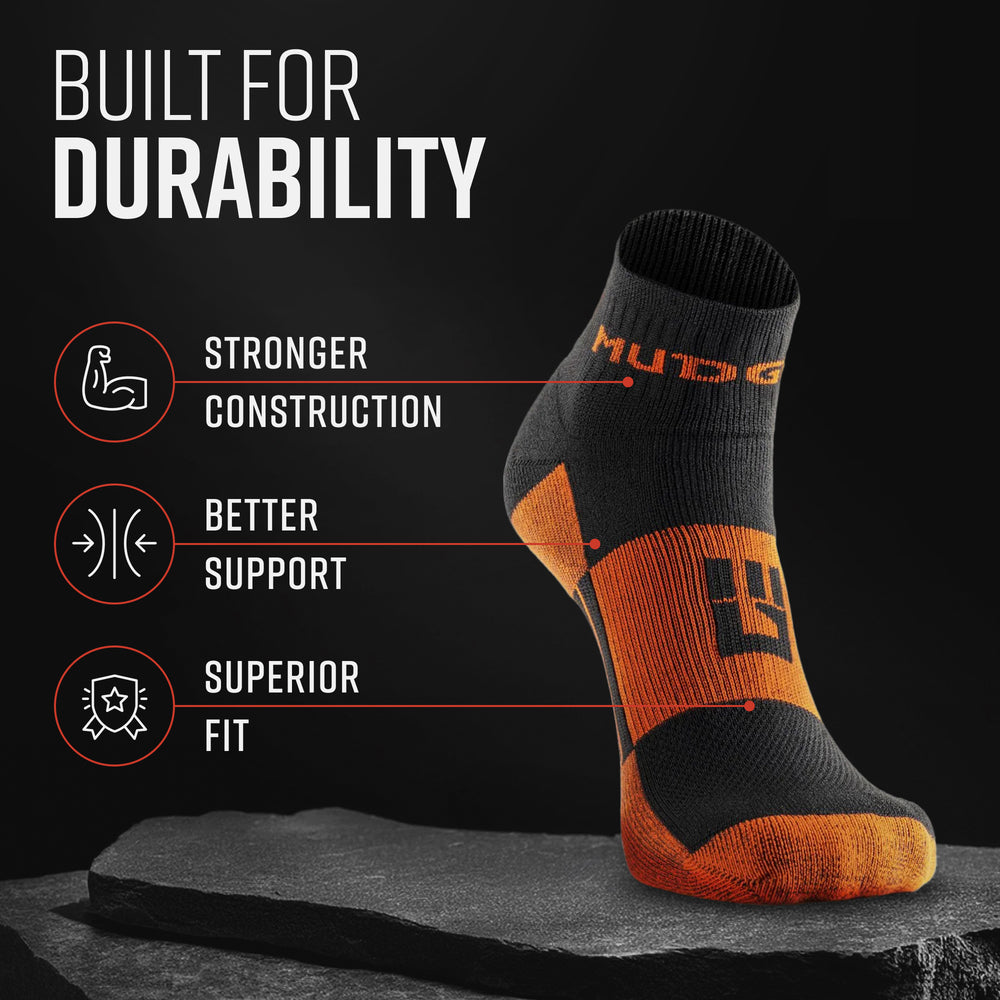


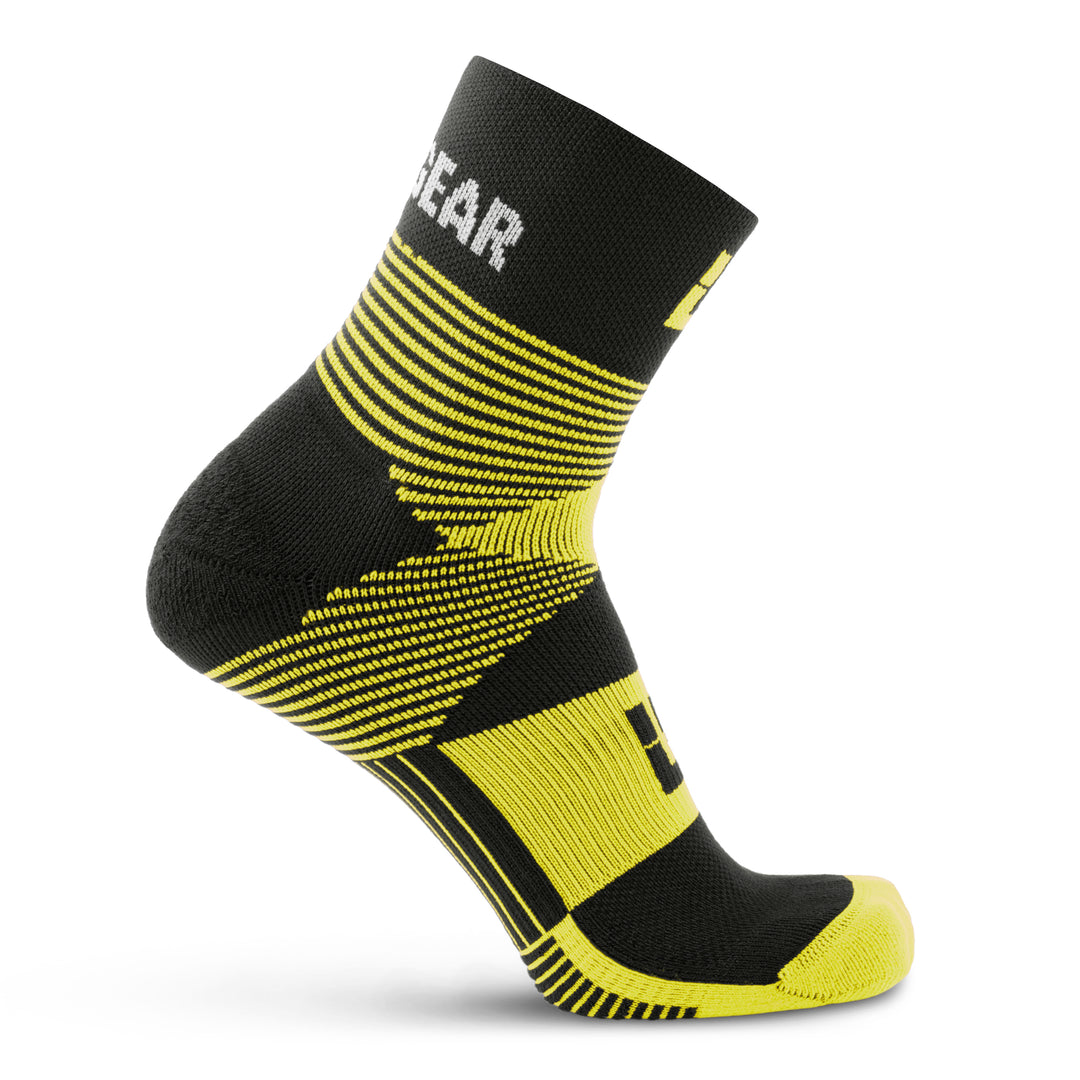
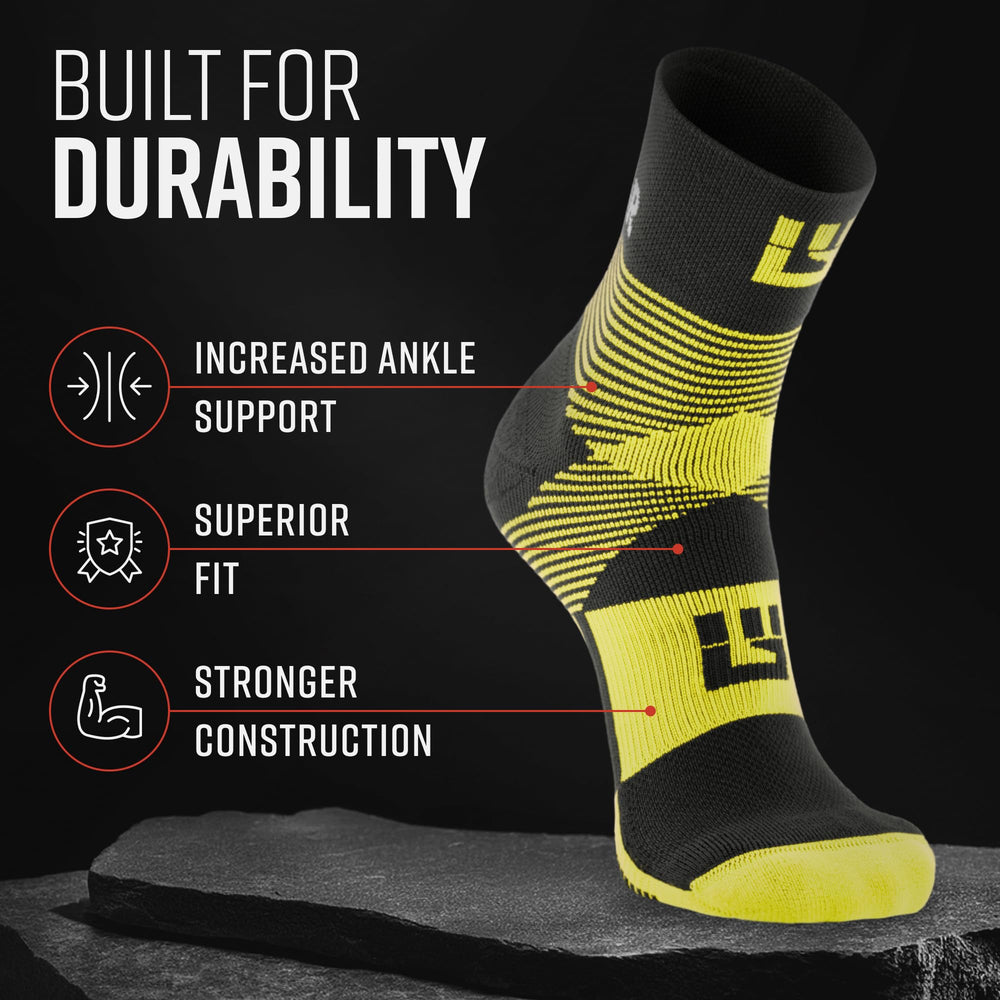

Leave a comment